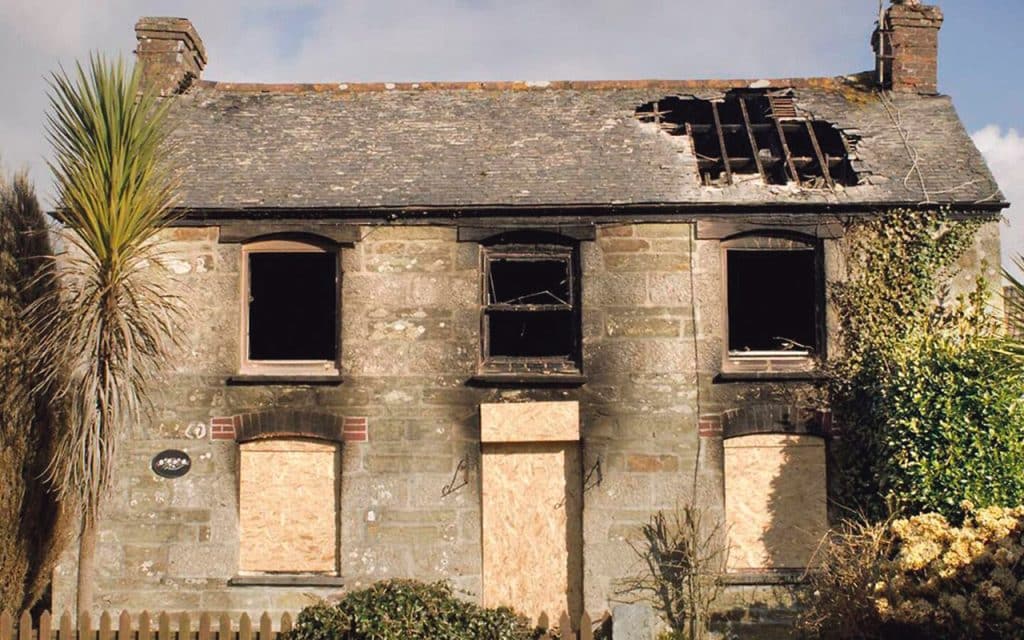
As part of the government’s ‘Housing For All’ plan, in July 2022 the Vacant Property Refurbishment grant was launched, aiming to enable ordinary people to bring vacant properties back into use as homes. After a slow initial take up, the remit of the scheme was expanded and the grant increased in May 2023. The grants are administered by the relevant local authorities, Cork County Council for most of us, and offer up to €50,000 to refurbish a vacant property with an additional €20,000 available for derelict properties. Though the scheme was slow to take off, it is picking up now and I have seen more clients applying for it in the last 12 months. So how exactly does it work?
In order to qualify for the grant, the property must have been vacant for at least two years, built before 2008, and you must own or be in the process of buying it. Once the work is completed you must live in the property or make it available for rent. You also need to have tax clearance from revenue (have your tax affairs in order), local property tax must be paid and the scheme is not open to limited companies or developers. Additionally, to qualify for the extra €20,000 for a derelict property, you will require an Engineer’s report to confirm that it is derelict.
The grant can cover a wide range of building work including; demolition, structure, sub structure, roofing, window and doors, internal finishing, decoration and even extensions. It is not limited to residential buildings and can be used towards converting a commercial property. There are set maximum amounts that can be applied for in each category of building work, though with the current cost of construction, making up the €50.000 or €70,000 wouldn’t be difficult in most cases. As long you keep the relevant receipts and invoices, you can spend the money as you wish, using a main contractor for the whole project, individual sub contractors, or just buying the materials and doing most of the work yourself (in this case you cannot claim for your own labour).
One of the main shortcomings I see in the scheme, is that you need to complete the work before you can claim the grant back. So you either need to front the grant money out of your own pocket, which will be difficult for many people, or apply for a temporary bridging loan. There is a Local Authority Purchase and Renovation Loan, a government backed mortgage, which aims to address this issue, with interest rates between 3.5-4 per cent.
If you wish to apply for the grant, you will first need to complete a standard form and apply to your relevant local authority. They are also available over the phone for initial inquiries. There is a list of supporting documentation required, including proof that the property is vacant, proof of ownership or purchase, planning permission, (if required) and a detailed quote for the work. You also need to agree to a clawback clause to repay the grant if you sell within 10 years. You can apply for the grant up to twice: once for a property to live in and once for one to rent out.
The local authority will, then, review your application and arrange an inspection of the building. Once approved, you have 13 months to complete the work. When the work is completed, you need to submit all invoices and receipts for the work, and then there is a final inspection. In most cases, you will also need a post work Building Energy Rating, (BER) for building regulation compliance. Once the local authority is satisfied with the work, they will ask you to sign a charge document agreeing to repay the grant if you sell in less than 10 years. Then, the grant is repaid. I have heard many stories of delays with this payment, taking months to come through, but I think that in reality this is often due to incomplete information in the final paperwork submission to claim the grant, for example missing invoices. Provided everything is in order, then payment should come through in around four weeks after signing the charge document.
The vacant and derelict property grants can be used in conjunction with any of the SEAI home energy upgrade grants, as long as you are not claiming a grant on the same item twice. For example, if you can spend the €70,000 derelict and vacant property on items like structural work, roofing, electric, fittings and finishes and decorations, you could then apply for another €30,000 or so from SEAI for your insulation, window, doors and heat pump via the One Stop Shop or Community Energy grants. I have completed a number of home energy assessments for clients who plan to apply for both and in fact have had two enquiries this week from people who have applied for the vacant property grant but did not realise they could also get SEAI grants. Combining the vacant derelict and SEAI One Stop Shop or Community Energy grants could give an additional €33,400, totalling to €103,400 in grants. This is quite an attractive proposition.
Tune in next month for a case study of a retrofit project that received both the vacant property grant and SEAI One Stop Shops Grant.
If you would like to get in touch about anything in this article or your own retrofit project, feel free to reach out; ruairi@retrofurb.ie.



